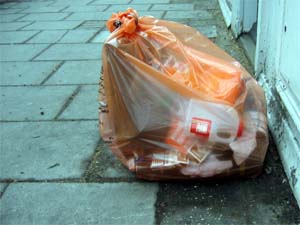|
Amoebae
[2008-03-27]
animation: Lisa Roberts
London 2008
sound: Phil Dadson
Buenos Aires 2008
 In this animated dance, I recognize tiny creatures of the sea as parts of me.
In 2008 I stay with my father in London, immersed in research into the art and science of tiny creatures of the sea.
I see the 'Conversation Piece', an installation by Juan Munos in the Tate Modern, and on walking back to my father's house, I see bright orange garbage bags along the streets, as people in conversation with amoebas.
I imagine the bag people as oblivious to tiny creatures - the microbial life that supports us all.
My step-mother shows me Tales of Norkomis, a book of stories told to the writer, Patronella Johnston, by an old Indian woman of the Ojibwa nation, who 'had lived her one hundred and third year'.
In the book I find circles and ovals variously embellished, representing sun, corn, and Happy Hunting Ground.
As in Australian Aboriginal storytelling, the existence of plants and animals is explained through the actions of spirits.
This animation expresses my experience of spirit as energy that connects us.
In this animated dance, I recognize tiny creatures of the sea as parts of me.
In 2008 I stay with my father in London, immersed in research into the art and science of tiny creatures of the sea.
I see the 'Conversation Piece', an installation by Juan Munos in the Tate Modern, and on walking back to my father's house, I see bright orange garbage bags along the streets, as people in conversation with amoebas.
I imagine the bag people as oblivious to tiny creatures - the microbial life that supports us all.
My step-mother shows me Tales of Norkomis, a book of stories told to the writer, Patronella Johnston, by an old Indian woman of the Ojibwa nation, who 'had lived her one hundred and third year'.
In the book I find circles and ovals variously embellished, representing sun, corn, and Happy Hunting Ground.
As in Australian Aboriginal storytelling, the existence of plants and animals is explained through the actions of spirits.
This animation expresses my experience of spirit as energy that connects us.
Orange garbage bags on London streets
are like the people in Conversation Piece,
an installation by Juan Munos, in the Tate Modern.
I imagine the bags as creatures
moving amongst amoebas,
unaware of their value.
Diatoms, amoebae and the planktons
remind me of icons in Indigenous art.
My step-mother shows me a book: Tales of Norkomis,
of stories told to its writer, Patronella Johnston,
by an old Indian woman of the Ojibwa nation,
who 'had lived her one hundred and third year'.
I find circles and ovals variously embellished,
representing the sun, corn, and Happy Hunting Ground.
As in Australian Aboriginal storytelling,
the existence of plants and animals
is explained through the actions of spirits
who created the earth and mankind.
The tiny creatures of the sea,
the diatoms, amoebae and the planktons,
are icons for parts of ourselves
that we keep forgetting.
|
